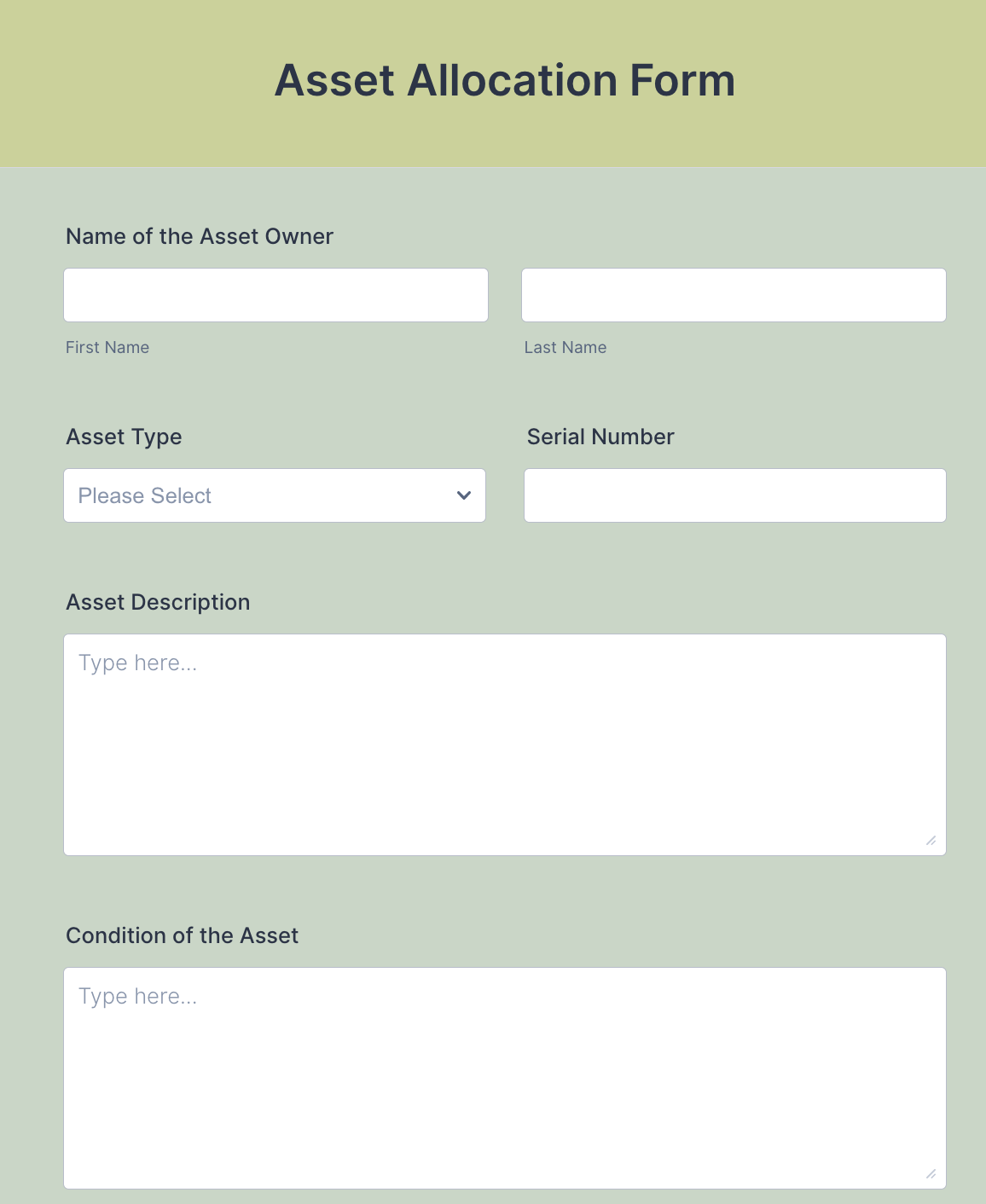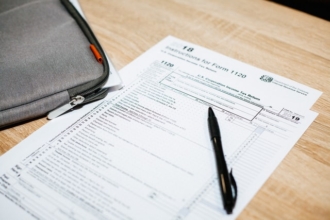Improving your asset management process
- Take inventory
- Identify and evaluate your asset obstacles
- Designate a team member to manage assets
- Automate your asset management process
According to the National Facilities Management & Technology Conference, 80 percent of employees spend roughly 30 minutes daily (or one full working day every three weeks) trying to retrieve information that they need to do their job. And that’s just one example of how not properly tracking assets, like digital files, can affect your bottom line. Employees could spend their time on less menial tasks if employers simply adjusted their asset management process.
A strong asset management process not only helps you better prepare for a problem before it occurs, but it also helps you meet consumer needs, customer service expectations, and compliance requirements.
Before you establish a particular asset management process for your business (whether you’ll use it for financial, infrastructure, or digital asset management), it’s important to first understand what it is, why it’s necessary, and how you can maximize its potential.
Understanding asset management
We all have personal assets — cars, houses, and artwork are assets with economic value that can increase (or decrease) over time. You also have assets that your company needs to thrive, whether they’re tangible (like machinery and tools) or intangible (like software, databases, or data).
Asset management, then, is the process of planning, managing, maintaining, and disposing of those assets to minimize risk and cost. You can think of asset protection and management as insurance. It’s a necessary process, especially as your business grows, and ignoring it is impractical.
Improving your asset management process
Asset management helps you streamline your everyday operations. Plus, by keeping track of both fixed and current assets, you and your stakeholders can develop more accurate, adaptable strategies based on these resources. Having a great system in place saves you time, energy, and money to grow and expand faster.
If you’re struggling with your current asset management process, here are four ways to improve it.
1. Take inventory
Before you can manage your assets, you first need to take stock of each one, big or small. Make a list of all your assets — from machinery and vehicles to tools and software — so you have a consolidated inventory of what you use on a daily basis, what’s in storage, and what’s obsolete.
Also, consider implementing helpful forms like asset declaration and asset disposal forms to keep track of items you lend out to employees or any assets you’re discarding or selling. This will help you keep your inventory list updated and accurate over time.
2. Identify and evaluate your asset obstacles
When solving any kind of problem, you first need to fully understand what went wrong if you’re to provide a proper solution. Gather some intel and brainstorm with your team to answer these questions:
- Which assets need to be prioritized?
- What are their maintenance needs and fees?
- What is the life cycle of each asset?
By understanding why each asset exists, how your business uses it, and how you need to maintain it, you can both predict its depreciation rate and identify future demands for it, increasing your company’s overall efficiency, productivity, and profitability.
3. Designate a team member to manage assets
After you’ve identified each of your assets and noted how you can manage them most effectively, pick someone responsible to take on the job of maintaining them. Make sure they’re an organized, trustworthy, communicative, and responsive team member who will use all the systems you’re putting in place to their maximum potential.
Not only will delegating this responsibility free up some of your team’s time to prioritize other items, but it will also provide you some peace of mind knowing you have a designated point person keeping an inventory of your assets.
4. Automate your asset management process
Once you’ve taken stock of your assets and any obstacles to managing them, make your life (and that of your designated employee) simpler by automating the process. With automated asset management, you can work smarter, not harder, by avoiding outdated, error-ridden manual data entry and replacing it with productive, sustainable tracking and reporting in one place.
Form builder Jotform can function as an asset management system by using forms to automate data collection and integrating them with Jotform Tables — an online spreadsheet platform — to create a custom database. You can either make these forms and tables from scratch (no coding required) or take advantage of Jotform’s easy-to-use and fully customizable templates. You can embed them on your website or share them via email with your employees through a unique link.
Through proper tracking and recording of asset procurement, maintenance, and disposal, you’ll prolong the lifespan of your assets, and, ultimately, the lifespan of your business. While you can track and record manually, there are hundreds of form and table templates available through Jotform to automate the process, making it more effective.
Photo by TheStandingDesk on Unsplash


















Send Comment: